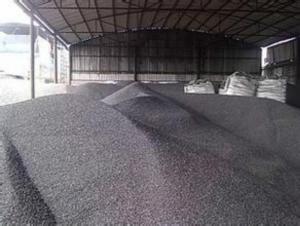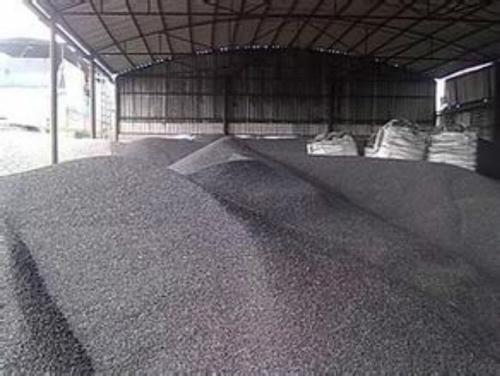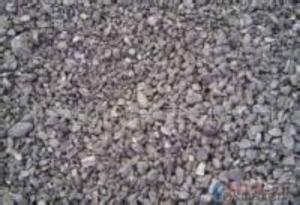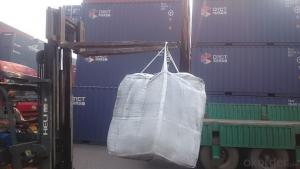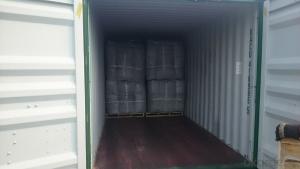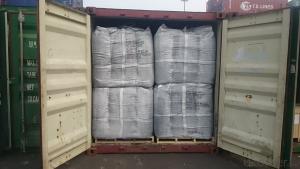GPC with lower Sulphur0.03% max in Low VM
- Loading Port:
- Tianjin
- Payment Terms:
- TT OR LC
- Min Order Qty:
- 21 m.t.
- Supply Capability:
- 5000 m.t./month
OKorder Service Pledge
OKorder Financial Service
You Might Also Like
Introduction:
GPC has good characteristics with low ash, low resistivity, low sulphur, high carbon and high density. It is the best material for high quality carbon products. It is used as carbon additive in steel industry or fuel. it is playing more and more important role in the industry
Features:
1.Our strong team provide you reliable service that make you feel purchasing is more easier
2. We ensure that we can supply capability with competitive price.
3. Work strictly to guarantee product quality,
Specifications:
F.C.% | 95MIN | 94MIN | 93MIN | 92MIN | 90MIN | 85MIN | 84MIN |
ASH % | 4MAX | 5MAX | 6 MAX | 6.5MAX | 8.5MAX | 12MAX | 13MAX |
V.M.% | 1 MAX | 1MAX | 1.0MAX | 1.5MAX | 1.5MAX | 3 MAX | 3 MAX |
SULFUR % | 0.3MAX | 0.3MAX | 0.3MAX | 0.35MAX | 0.35MAX | 0.5MAX | 0.5MAX |
MOISTURE % | 0.5MAX | 0.5MAX | 0.5MAX | 0.5MAX | 0.5MAX | 1MAX | 1MAX |
Pictures
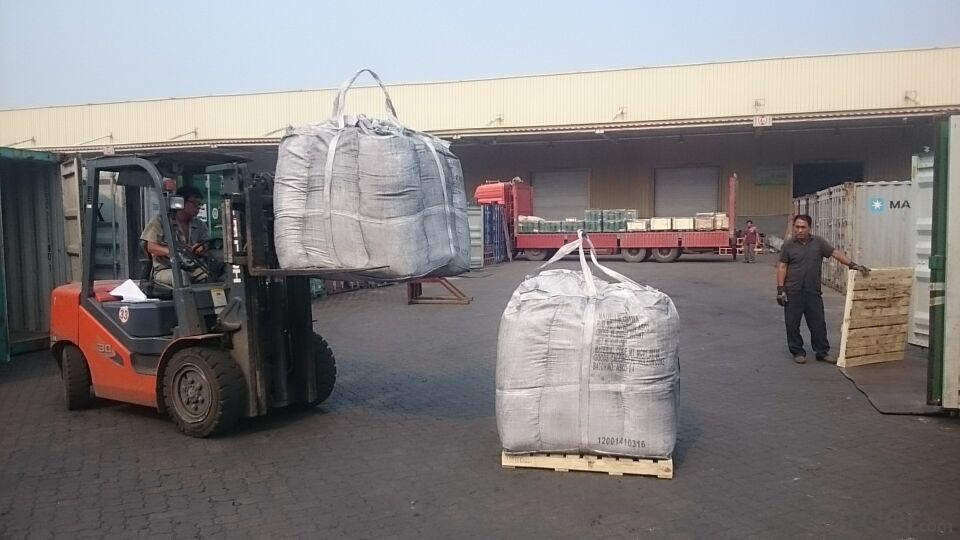
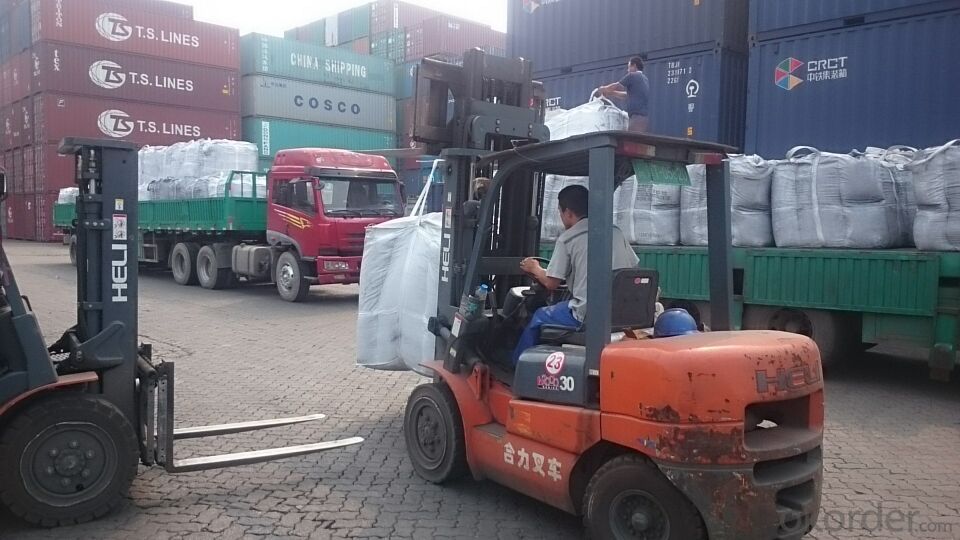
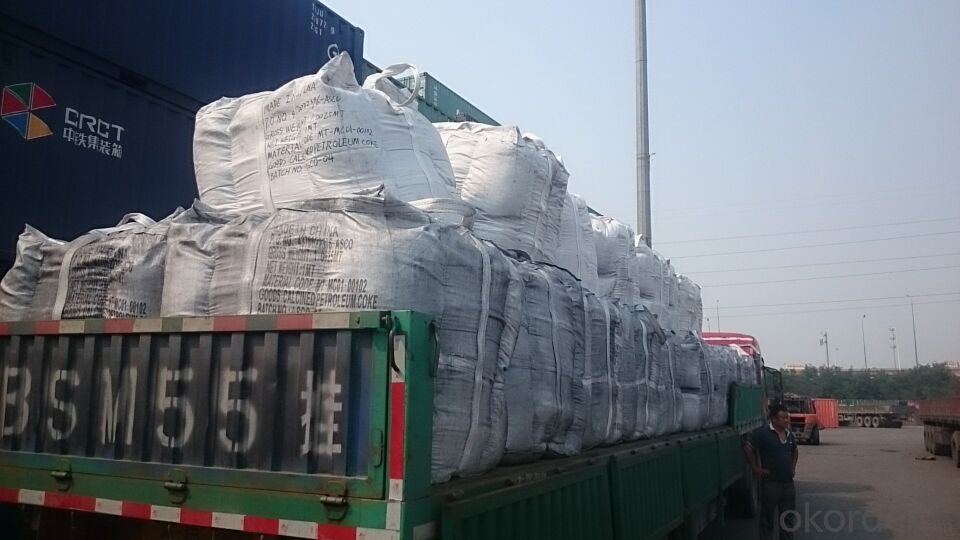
FAQ:
1. Your specification is not very suitable for us.
Please offer us specific indicators by TM or email. We will give you feedback as soon as possible.
2. When can I get the price?
We usually quote within 24 hours after getting your detailed requirements, like size, quantity etc. .
If it is an urgent order, you can call us directly.
3. Do you provide samples?
Yes, samples are available for you to check our quality.
Samples delivery time will be about 3-10 days.
4. What about the lead time for mass product?
The lead time is based on the quantity, about 7-15 days. For graphite product, apply Dual-use items license need about 15-20 working days.
5. What is your terms of delivery?
We accept FOB, CFR, CIF, EXW, etc. You can choose the most convenient way for you. Besides that,
we can also shipping by Air and Express.
6. Product packaging?
We are packed in bulk ship or in ton bag or placing in container or according to your requirements.
7. Notice
please note that the price on Alibaba is a rough price. The actual price will depends on raw materials, exchange rate wage and your order quantity .Hope to cooperation with you, thanks !
- Q: What are carbon credits and how do they work?
- Reducing greenhouse gas emissions through a market-based approach is what carbon credits are all about. The idea is to assign a value to the removal or reduction of one metric ton of carbon dioxide or its equivalent (CO2e) from the atmosphere. These credits represent the right to emit a specific amount of greenhouse gases and can be traded or sold on the carbon market. The main purpose of carbon credits is to create motivation for companies, organizations, or individuals to decrease their emissions. By establishing a price for carbon emissions, it encourages businesses to invest in cleaner technologies and practices to offset their carbon footprint. This ultimately leads to a decrease in overall greenhouse gas emissions, which contributes to the global fight against climate change. To acquire carbon credits, organizations undertake projects that reduce or eliminate greenhouse gas emissions. These projects can involve installing renewable energy sources, improving energy efficiency, planting trees, or investing in clean development mechanisms in developing nations. Independent third parties evaluate and verify each project to ensure its legitimacy and actual reduction in emissions. Once a project is approved and verified, it is given a specific number of carbon credits based on the amount of emissions it has reduced or eliminated. These credits can then be sold on the carbon market to companies or individuals seeking to offset their own emissions. Buyers can use these credits to compensate for their own emissions, effectively neutralizing their carbon footprint. The carbon market facilitates the buying and selling of carbon credits, providing a flexible and efficient approach to addressing climate change. The price of carbon credits can vary depending on supply and demand dynamics, as well as the strictness of emission reduction targets set by governments or global agreements. Overall, carbon credits are crucial in incentivizing emission reduction actions and promoting sustainable practices. They offer a financial mechanism for businesses to invest in cleaner technologies while making a positive contribution to global efforts in tackling climate change.
- Q: What is electrical carbon?
- Carbon and graphite have the following characteristics:(1) it has good conductivity and thermal conductivity.2. It has excellent properties of high temperature resistance, can work at 3000 degrees under anaerobic condition, and has good mechanical strength and thermal shock resistance at high temperature.(3) good chemical stability, not adhesion to liquid metal at high temperature, only with strong oxidant.(4) graphite has good self lubrication characteristics.The electricity production process is as follows: firstly, the carbon powder and adhesive agent he mixed pressed carbon matrix material. And then send the person inside the furnace and high temperature sintering, the final form of electrical carbon products.
- Q: There are ten carbon and oil Gulu chorus, carbon English Gollum and finally he said to sing, this is English this is the song of English is what?
- It's BAD AND NITHTDuring Halloween last year, many people joined in the chorusThe English sounds are are, you, ready and where you goingBecause the pronunciation and intonation is very interesting, so has been Tucao
- Q: What are the properties of carbon-based textiles?
- Carbon-based textiles have a number of unique properties that make them advantageous in various applications. Firstly, carbon-based textiles exhibit exceptional strength and durability. They are known for their high tensile strength, making them resistant to stretching and tearing. This property allows carbon textiles to withstand harsh conditions and maintain their integrity over time. Secondly, carbon-based textiles possess excellent thermal conductivity. They can efficiently conduct heat, making them suitable for applications that require effective heat management. This property is particularly useful in industries such as aerospace, automotive, and electronics, where heat dissipation is essential to prevent system failures. Furthermore, carbon textiles are highly resistant to chemical corrosion. They can withstand exposure to various chemicals, acids, and solvents without losing their structural integrity. This property makes carbon-based textiles ideal for applications in the chemical industry, where exposure to corrosive substances is common. Another notable property of carbon textiles is their inherent flame resistance. They have a high resistance to ignition and do not propagate flames easily. This characteristic makes them suitable for use in environments where fire safety is crucial, such as in protective clothing for firefighters and military personnel. Carbon-based textiles also exhibit good electrical conductivity, making them suitable for applications in electronics and electrical engineering. They can effectively conduct electricity and dissipate static charges, reducing the risk of electrical malfunctions or damage. Lastly, carbon textiles have a low coefficient of thermal expansion, meaning they do not expand or contract significantly with changes in temperature. This property makes them dimensionally stable, ensuring that they maintain their shape and size under varying thermal conditions. In summary, carbon-based textiles possess a combination of strength, durability, thermal conductivity, chemical resistance, flame resistance, electrical conductivity, and dimensional stability. These properties make them highly versatile and suitable for a wide range of applications in various industries.
- Q: What are the effects of carbon emissions on the stability of mountains?
- Carbon emissions have a significant impact on the stability of mountains. One of the main effects is the accelerated melting of glaciers and ice caps due to global warming caused by carbon emissions. As temperatures rise, the ice and snow that hold mountains together begin to melt, leading to increased instability. This melting can lead to more frequent and larger avalanches, landslides, and rockfalls, posing a significant threat to human settlements and ecosystems in mountainous areas. Another effect of carbon emissions on mountain stability is the alteration of precipitation patterns. As the climate changes, rainfall becomes more unpredictable, resulting in a higher frequency of intense rainfall events. This increased rainfall can cause soil erosion and weaken the stability of mountain slopes. The combination of increased erosion and weakened slopes can lead to landslides and other mass movements, further destabilizing mountains. Furthermore, carbon emissions contribute to the acidification of rainwater, which can have detrimental effects on the stability of mountains. Acid rain can erode rocks and soil, making them more susceptible to weathering processes. This weakening of the geological structure can increase the likelihood of landslides and rockfalls. Lastly, the impact of carbon emissions on mountain stability extends beyond physical changes. Climate change resulting from carbon emissions can also lead to shifts in ecosystems and biodiversity in mountainous regions. These changes can affect the stability and resilience of mountain ecosystems, as well as alter the patterns of vegetation cover. The loss of vegetation cover, for example, can further increase the susceptibility of slopes to erosion and landslides. In summary, carbon emissions have numerous adverse effects on the stability of mountains. From accelerated melting of glaciers to altered precipitation patterns, acid rain, and shifts in ecosystems, these emissions pose a significant threat to the geological and ecological stability of mountains. It is crucial to reduce carbon emissions and address climate change to mitigate these effects and preserve the stability of mountain regions.
- Q: How is carbon used in the steel industry?
- Carbon is a crucial element in the steel industry as it plays a vital role in the production of steel. The addition of carbon to iron is the fundamental process that transforms iron into steel. By combining iron with a controlled amount of carbon, the steel industry is able to achieve the desired properties such as hardness, strength, and durability. Carbon is primarily used as an alloying element in steelmaking, where it enhances the mechanical properties of steel. The carbon content in steel can vary from as low as 0.1% to as high as 2%, depending on the desired steel grade and application. Low carbon steel, with a carbon content of less than 0.3%, is commonly used for applications that require good formability and weldability, such as automotive bodies and construction materials. On the other hand, high carbon steel, with a carbon content of above 0.6%, is used for applications that require high strength and hardness, such as cutting tools, drill bits, and springs. The presence of carbon in these applications allows for increased wear resistance and improved mechanical properties. Carbon also plays a crucial role in the heat treatment process of steel. Through a process called carburizing, steel can be heated in the presence of carbon-rich gases or solids to increase the carbon content at the surface. This results in a hardened surface layer with improved wear resistance, while maintaining a tough and ductile core. Furthermore, carbon is essential for the steel industry's use of electric arc furnaces (EAFs) in steelmaking. EAFs utilize electricity to melt scrap steel and other raw materials. During this process, carbon is introduced to reduce the oxides present in the raw materials, allowing for efficient steel production. In summary, carbon is widely used in the steel industry to achieve the desired properties of steel such as hardness, strength, and durability. Its addition during the steelmaking process and through heat treatment enhances the mechanical properties of steel, allowing for a wide range of applications in various industries.
- Q: How does carbon affect the pH of water?
- Carbon can affect the pH of water through the process of carbonation. When carbon dioxide (CO2) dissolves in water, it reacts with the water molecules to form carbonic acid (H2CO3). This reaction increases the concentration of hydrogen ions (H+) in the water, resulting in a decrease in pH. Therefore, carbonation lowers the pH of water, making it more acidic. Additionally, carbonic acid can further dissociate into bicarbonate ions (HCO3-) and hydrogen ions (H+), which also contribute to the increase in acidity. It is important to note that the impact of carbonation on pH depends on the concentration of carbon dioxide present in the water.
- Q: What are the impacts of carbon emissions on the stability of kelp forests?
- Carbon emissions have significant impacts on the stability of kelp forests. Increased carbon dioxide levels in the atmosphere lead to ocean acidification, which negatively affects the growth and survival of kelp. Acidic conditions hinder the ability of kelp to absorb essential nutrients, weaken their structure, and make them more susceptible to damage from storms and other disturbances. Additionally, rising ocean temperatures associated with carbon emissions can lead to the expansion of harmful algal blooms that compete with kelp for light and nutrients. These combined effects pose a threat to the stability and biodiversity of kelp forests, with potential cascading impacts on the marine ecosystem.
- Q: Is there a line cutting of carbon fibers?
- The principle of ultrasonic cutting machine is completely different from traditional cutting. It is the use of ultrasonic energy, will be cut materials local high-speed vibration, so as to achieve the purpose of cutting materials.Water cutting is the formation of water through high pressure jet, for carbon fiber board also need to add hard abrasive in water, called water jet cuttingFor complete curing of the carbon fiber composite plate, if there is no special requirements, with diamond grinding tools can also cut the general. I don't know what you're asking for.Carbon fiber composite cutting methods are many, and laser cutting, etc., need to be selected according to specific circumstances and requirements.
- Q: How does carbon impact the availability of renewable energy sources?
- Carbon impacts the availability of renewable energy sources in several ways. Firstly, carbon emissions from fossil fuel combustion contribute to climate change, which can have detrimental effects on the generation of renewable energy. For instance, rising temperatures and changing weather patterns can reduce the efficiency of solar panels and wind turbines. Secondly, the reliance on carbon-intensive energy sources limits the investment and development of renewable energy technologies. By transitioning to cleaner energy sources, such as solar, wind, and hydroelectric power, we can reduce carbon emissions and enhance the availability and viability of renewable energy options.
Send your message to us
GPC with lower Sulphur0.03% max in Low VM
- Loading Port:
- Tianjin
- Payment Terms:
- TT OR LC
- Min Order Qty:
- 21 m.t.
- Supply Capability:
- 5000 m.t./month
OKorder Service Pledge
OKorder Financial Service
Similar products
Hot products
Hot Searches
